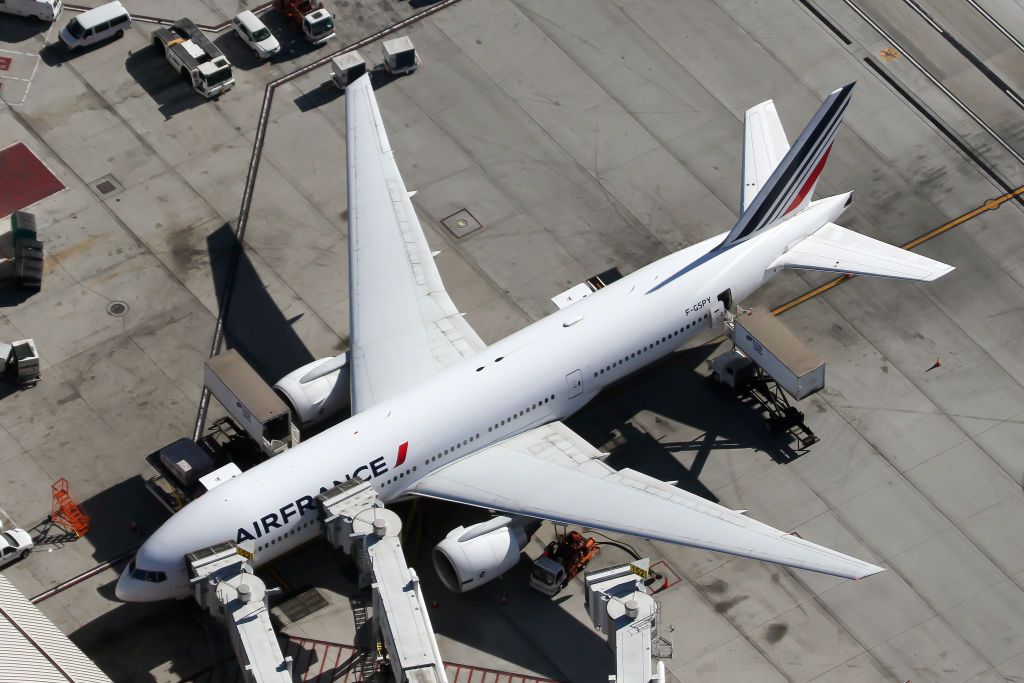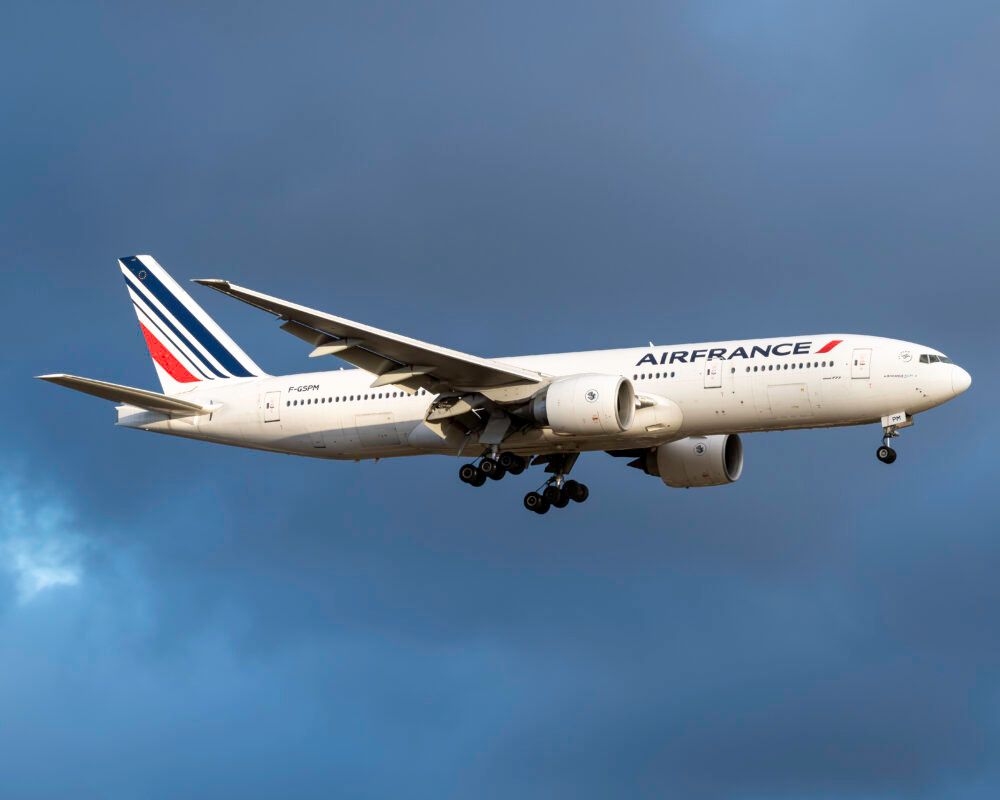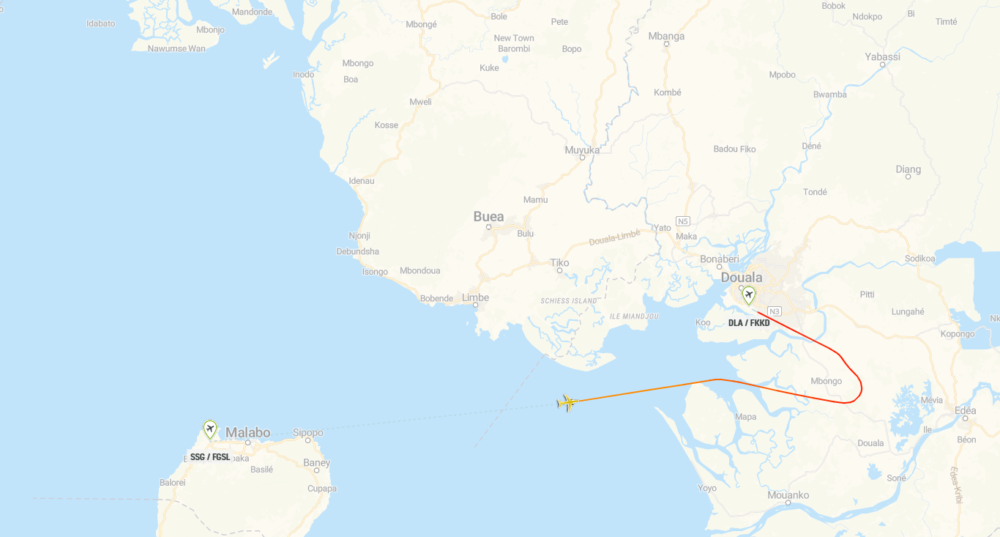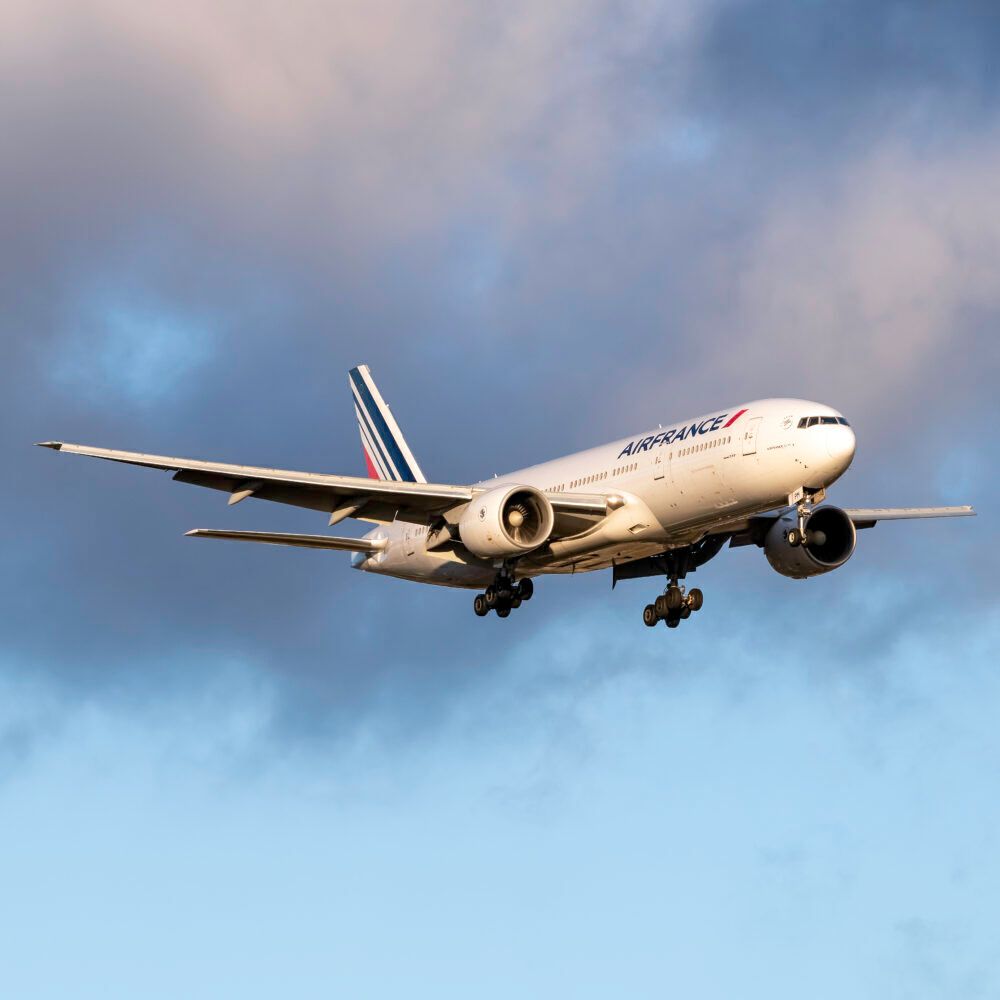*Article updated 09:51 UTC (August 5th) with a statement from Air France*
The French Bureau d'Enquêtes et d'Analyses (Bureau of Enquiry and Analysis) has released a report into a near-miss between an Air France Boeing 777 and a volcano. The BEA closed and published its investigation today. It concerns an evening flight from Malabo, Equatorial Guinea to Douala, Cameroon more than six years ago, in May 2015.
The flight in question
The incident took place on May 2nd, 2015. The flight in question was a 40-minute hop that originated at Equatorial Guinea's Malabo Saint Isabel International Airport (SSG) on the island of Bioko. Its destination was MD-Douala International Airport (DLA) in neighboring Cameroon. Air France serves these destinations from its Paris CDG hub.
On the evening of the incident, the flight was very lightly loaded. Indeed, according to FlightGlobal, there were just 23 passengers and 14 crew members onboard at the time. RadarBox.com suggests that Air France now serves Malabo and Douala separately and directly from Paris, rather than connecting the two in a triangular route as in 2015.
Stay informed: Sign up for our daily and weekly aviation news digests.
On May 2nd, 2015, thunderstorms along the route of the Air France Boeing 77's 40-minute flight prompted the crew to make a significant deviation to the planned path. As seen below, Malabo-Douala flights typically fly eastwards toward the African mainland before turning back on themselves for the approach into Cameroon's largest city.
However, the need to avoid the bad weather sent the flight northeast after departing Malabo's runway 22. The BEA explains that the deviation was made "while cruising at FL90 [9,000 feet]." Confusion then arose in the cockpit between radar echoes and weather echoes on the 777's displays. This caused the pilots to misinterpret their location.
Near miss with the volcano
Believing that they were safely to the southwest of the 13,250-foot high Mount Cameroon, the crew elected to turn right in preparation for their arrival into Douala. However, they were actually to the northwest of the volcano, and this turn brought them dangerously close to its terrain. BEA explains that this causes the EPGWS 'Pull Up' alarm to sound.
The crew noted that they could "distinguish trees" to the aircraft's starboard side. This gives an impression of the plane's proximity to the volcano. In response, maximum thrust was applied, and the nose pitched upward, taking the 777 away from the terrain.
The flight eventually climbed away to an altitude of 13,000 feet. The remainder of the flight passed without incident, and the plane landed safely in Douala. BEA classed the incident as serious, under the category of "CFIT: Controlled flight into or toward terrain."
Regarding the report, an Air France spokesperson told Simple Flying:
"Air France has taken note of the investigation report published by the BEA concerning the incident involving a Boeing 777 that occurred on 2 May 2015 near Mount Cameroon. The airline fully cooperated with this investigation and has since taken measures to ensure the highest level of flight safety, detailed in the BEA report. Air France reminds that the safety of its customers and staff is its utmost priority."
The aircraft involved
The exact plane involved in this near-miss with the terrain of Mount Cameroon was a Boeing 777-200ER registered as F-GSPG. According to data from ch-aviation.com, this 22.5-year old aircraft has been with Air France for its entire working life. Air France has a total of 21 777-200ERs in its fleet, of which 15 are active, with six in storage.
It first flew in February 1999, and was delivered in the same month. Air France chose to equip F-GSPG with a three-class, 280-seat configuration (216 economy, 24 premium economy, 40 business). RadarBox data shows that it has been in storage since last year. Its last flight took it from Beirut, Lebanon back to Paris on November 13th, 2020.
What do you make of this incident? Have you ever flown in volcanic regions? Let us know your thoughts and experiences in the comments.




